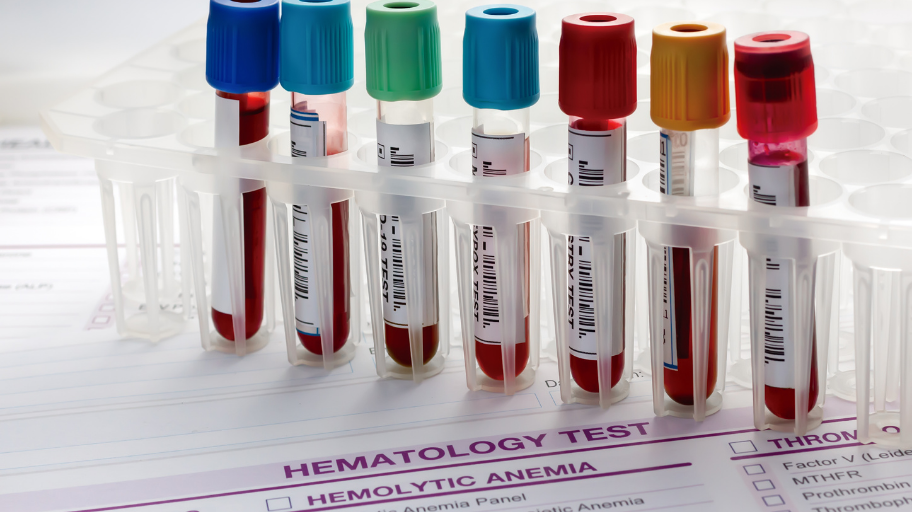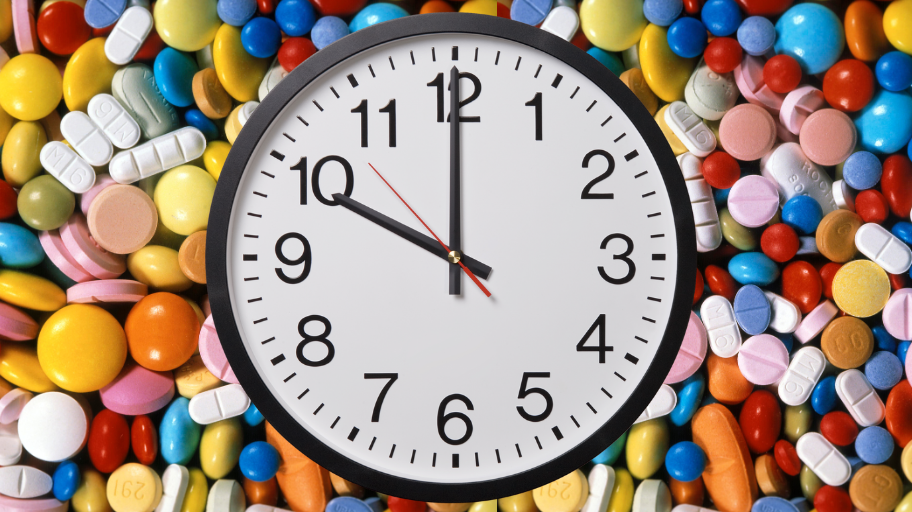The Global Regulatory Landscape

Drug development involves complex steps, from initial research to regulatory approval, when bringing new medications to the market. Introducing new treatments that help improve human health is a critical, time-consuming process overseen by each country’s regulatory agency.
The Fantastic Five
Each country has its own regulatory body that oversees public health. The five most influential regulatory agencies globally include:
- Food and Drug Administration (FDA) in the United States of America
- European Medicines Agency (EMA) in the European Union
- Therapeutic Goods Administration (TGA) in Australia
- Health Canada in Canada
- Pharmaceuticals and Medical Devices Agency (PMDA) in Japan
On A Mission
In the U.S., the regulatory body is the Food and Drug Administration, commonly known as the FDA. The FDA’s mission is to protect and promote public health by ensuring the safety and effectiveness of medications, vaccines, medical devices, and food.
Does the FDA Develop Drugs?
No, the FDA does not develop drugs. It regulates the development, testing, approval, manufacturing, and labeling of medications to ensure their safety and effectiveness for their intended use.
Tick Tock
The average time it takes for a drug to be approved by the FDA can vary depending on several factors. On average, a new drug takes 12 to 15 years to complete the entire development process, from initial discovery to FDA approval.
Significant Milestones
- Investigational New Drug (IND) Application Submission provides preclinical drug information to the FDA for approval to test in humans.
- IND Regulatory Approval allows pharmaceutical companies to proceed with human testing, known as clinical development.
- New Drug Application (NDA) or Biologics License Application (BLA) Submission provides clinical drug information to the FDA for regulatory approval.
- NDA or BLA Regulatory Approval allows pharmaceutical companies to market and sell drugs in the US.
- Surveillance monitors, identifies, and reports any new drug safety concerns to regulatory authorities.
Approval Rates
On average, the FDA approves 50 new drugs; similarly, Health Canada averages 45, and TGA authorizes up to 30 new medications a year. The EMA and PMDA round out the list by greenlighting 90 and 100 new drugs a year, respectively.
Next Level
Take our Drug Approval Primer on-demand mico class in 60 minutes to learn how pharmaceutical companies receive the green light to move forward in the various stages of approval. Grab your spot today to gain insights into bringing new drugs to market!

Biotech Primer is your go-to source for interactive training across the biotechnology, pharmaceutical, molecular diagnostics, and medical device sectors. Explore a range of in-depth biotech courses designed to deepen your understanding of key principles and applications in the field.
Learn More










